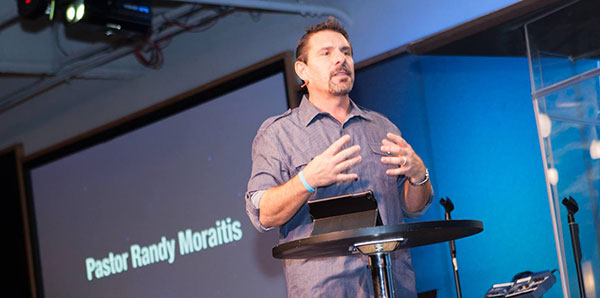
I have heard said that the number one greatest human fear is public speaking, and the number two human fear is death. To paraphrase Jerry Seinfeld, this means that more people would rather be the deceased at a funeral than the person giving the eulogy.
As someone who has gone from a deathly fear of public speaking, to acceptance and even enjoyment of public speaking, I would like to share some tips I have learned along the way.
1. Practice Makes Perfect—Well probably not perfect, but my point is to follow the Boy Scout’s motto and “Be Prepared”. Practice your talk multiple times. Practice in front of a mirror or a trusted friend who will give you honest feedback. Practice with a timer so you know you will not go long.
Practice using your voice and body language to strengthen your message. Practice making eye contact with your audience. And practice smiling—if you look like you are enjoying your talk, eventually you will and so will your audience.
2. Be Yourself—Audiences today are often well informed and well educated. They can detect falseness and insincerity. So be yourself and be real. Do not shy away from admitting your weaknesses and failures. Be sure to make a personal connection with your audience at the start of your talk then be sure to speak to your audience plainly and never speak down to them.
3. Tell a Story—The power of story is an amazing thing. We usually remember stories much better than lists of dry facts. If you really want to connect with your audience and have them remember your talk, then use stories and narratives so your message is easy to follow, and much more memorable.
4. Use the Power of Three—When putting your talk together, build it in three parts:introduction, body, and conclusion. Then, during your talk, you can create a rhythm by putting examples or parallel sentences in groups of three. And include in your talk short sequences of words or phrases in threes—these are easy to remember. Couple of quick examples: stop, drop, and roll; The Good, The Bad, and The Ugly; government of the people, by the people, for the people.
5. Call to Action—Think through what next step you would like your audience to take as a result of your speech, then make the ask! During your talk create empathy between you and your listeners, and then close by making a specific ask of them to take positive action.
I would love to hear any tips you have on public speaking. You can send them to randy@randymoraitis.com.
Website: www.randymoraitis.com.
Twitter: @RMoraitis.


